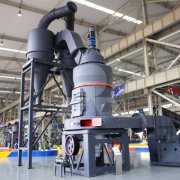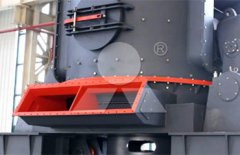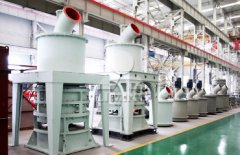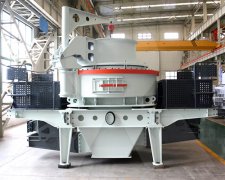Can furnace slag be ground into fly ash?
Fly ash generally refers to the fine ash particles discharged during the combustion of fuels, primarily coal or other mineral residues or ash sands. On the other hand, furnace slag is a molten material that floats on the surface of liquid substances produced during pyrometallurgical processes. It mainly consists of oxides. So, can furnace slag be ground into fly ash? How much does equipment for producing fly ash cost? This article provides detailed information on these topics.
In general, it is possible to grind furnace slag into fly ash. Furnace slag is the solid residue obtained after coal or other raw materials undergo coal gasification in a gasifier. Grinding furnace slag into fly ash can improve the workability and pumpability of cement concrete, reduce the heat of hydration of concrete, and also have the benefits of slag micro-powder, which can promote early and later strength development, improve the impermeability and frost resistance of concrete, increase slump, and enhance concrete grades. It can also reduce concrete costs by partially replacing an equivalent amount of cement.
The particle size of fly ash is generally between 1-100 micrometers, with most particles being spherical and having a rough surface with many edges and corners. Through fine grinding, it can be ground into a range of 80-1000 mesh. So, what kind of grinding machine is suitable for grinding furnace slag into fly ash? Common options in the market include Raymond mills, high-strength mills, high-pressure mills, ultrafine mills, and ball mills, each with different features and performance characteristics. Depending on the specific circumstances of the raw materials, Raymond mills are often recommended.
Recommended news




